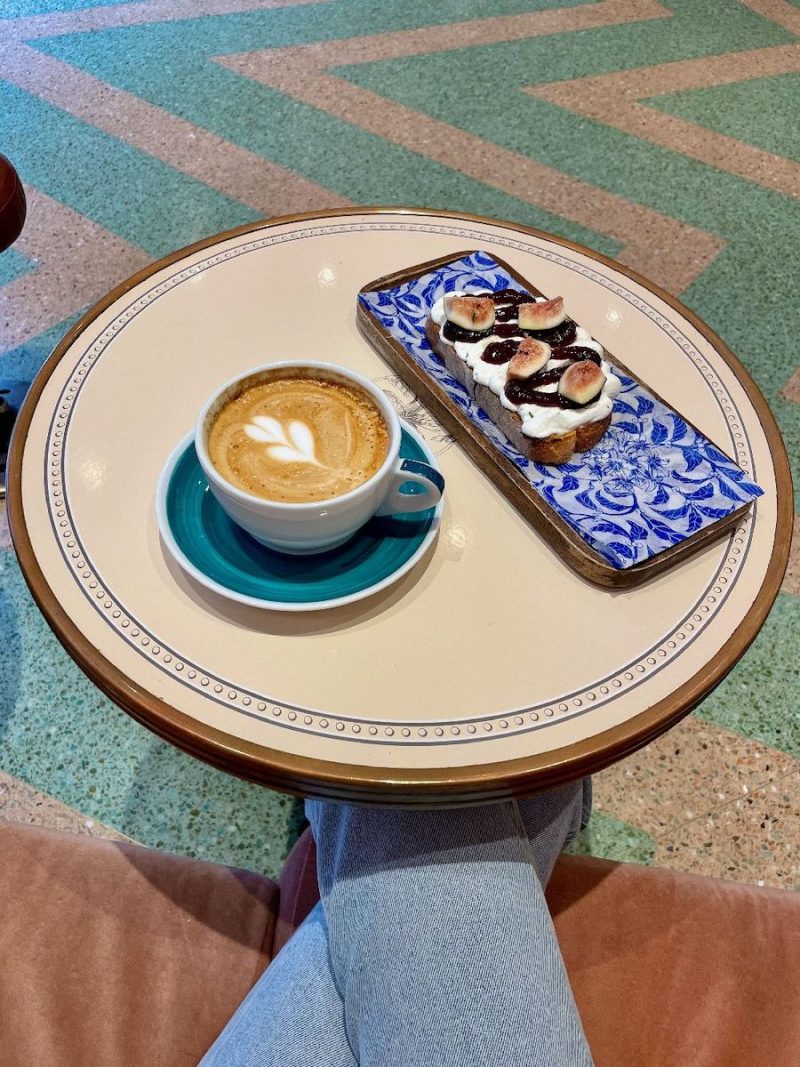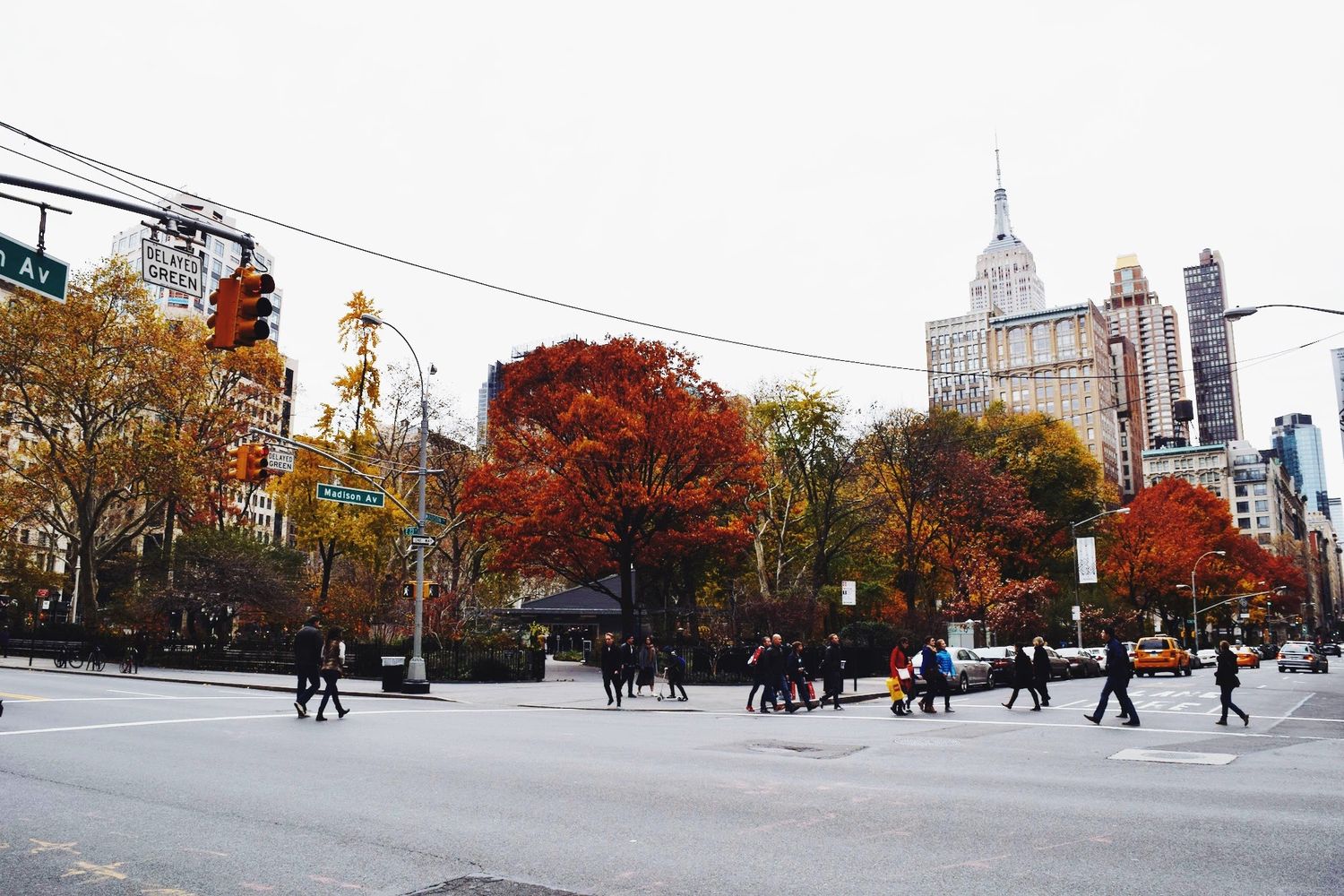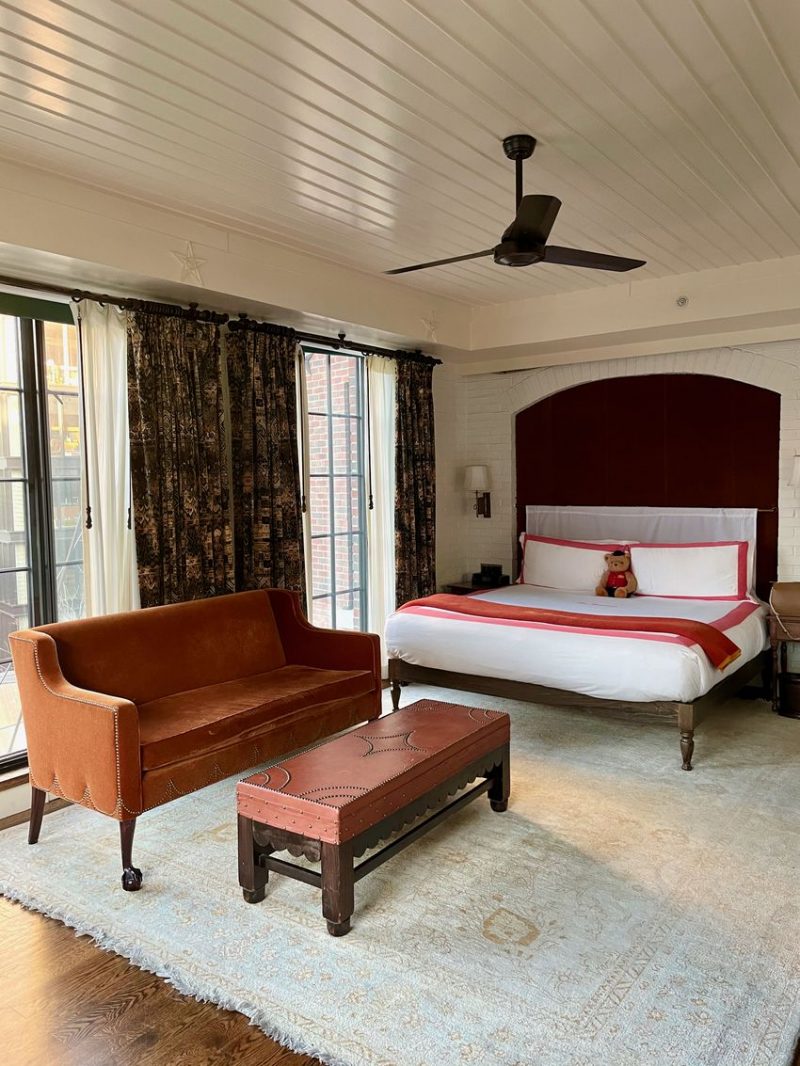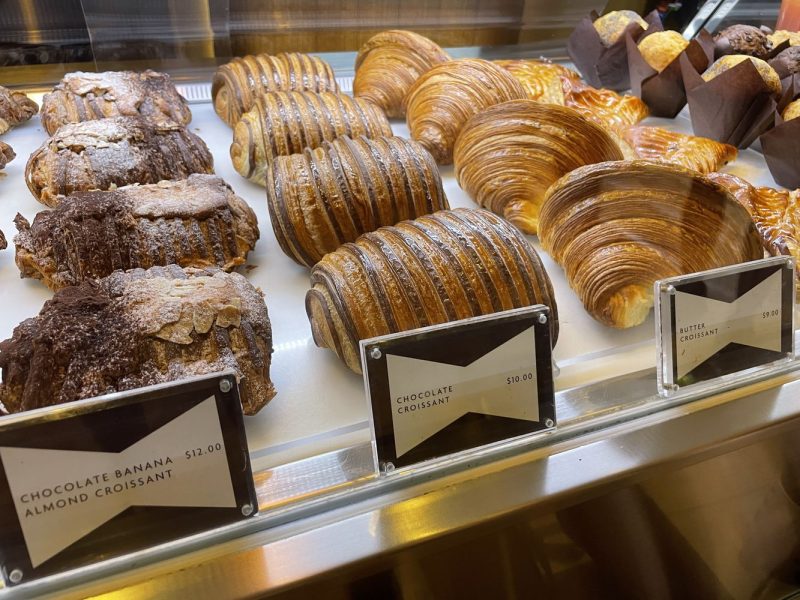For the better part of the last century, the American diner has stood as a beacon of comfort, camaraderie, and culinary delight, lighting up street corners and highways across the United States. These iconic establishments, often distinguished by their neon signs, checkerboard tiles, and timeless chrome finishes, have evolved into more than just eateries. They are symbolic monuments that hold countless stories—echoing tales of burgeoning romances, late-night musings, and the warm familiarity of community ties.
The image of a diner—the red bar stools, the shining countertop, the friendly waitress pouring endless cups of coffee—encapsulates a certain nostalgic slice of the American dream, embodying resilience, hard work, and the comfort of simplicity. For many, stepping into a diner feels like a homecoming, a return to a place that exists somewhere between memory and nostalgia, served up with a side of fries and the perfect apple pie.
Let’s venture into the chrome-plated, checkerboard-tiled memory lane of the American landscape. From the birth of the American diner in the late 19th century to its evolution into a cultural icon, we’ll explore how these establishments have shaped and reflected American society, becoming an integral part of our national identity. So sit back, pour yourself a cup of joe, and let’s dive into the fascinating world of American diners.
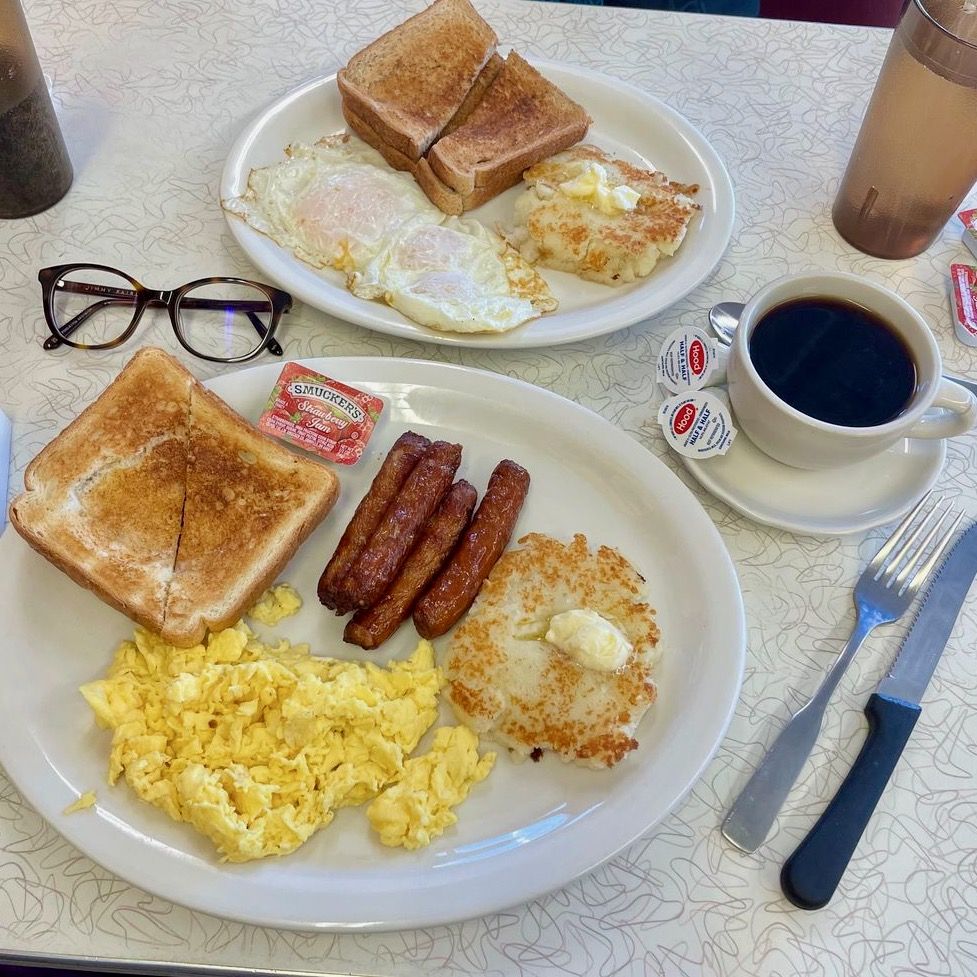
What is a Diner?
An American diner is more than just a restaurant—it’s a cultural emblem, a culinary tradition, and an icon of community spirit. Diners are typically characterized by a unique blend of architectural and design elements, often including a counter for seating, a kitchen visible to customers, and seating booths along a window.
The cuisine typically features home-style comfort food, served at all hours of the day and night. Above all, diners represent a particular ethos and style of service—welcoming, unpretentious, and distinctly American.
History of Diners in America
The history of American diners begins in the late 19th century. The concept of a diner started as a horse-drawn wagon equipped to serve hot food to employees of the night shift. As these “lunch wagons” gained popularity, they evolved into prefabricated structures known as diner cars, often manufactured in factories and transported to their locations.
This gave rise to the classic diner architecture reminiscent of a railroad dining car. Throughout the 20th century, diners became a beloved fixture of American life, serving communities as gathering spots, and offering affordable, comforting fare.
First Diner in America
The first diner in America is credited to Walter Scott, who began selling food out of a horse-pulled wagon to workers in Providence, Rhode Island, in 1872. Scott’s innovation wasn’t just about serving food—it was about providing a warm, convenient environment for people to enjoy affordable meals at unconventional hours. His success led to a burgeoning industry of lunch wagons, which eventually became the diners we know today.
American Diner Food
Diner food is synonymous with comfort and familiarity. The menu at a typical diner usually includes classic American dishes like burgers, sandwiches, fries, and milkshakes, along with breakfast items like pancakes, omelettes, and bacon served all day.
Some diners have region-specific items and many offer a blue-plate special—a fixed-price meal usually changing daily. And of course, no diner experience is complete without a slice of homemade pie or a steaming cup of coffee.
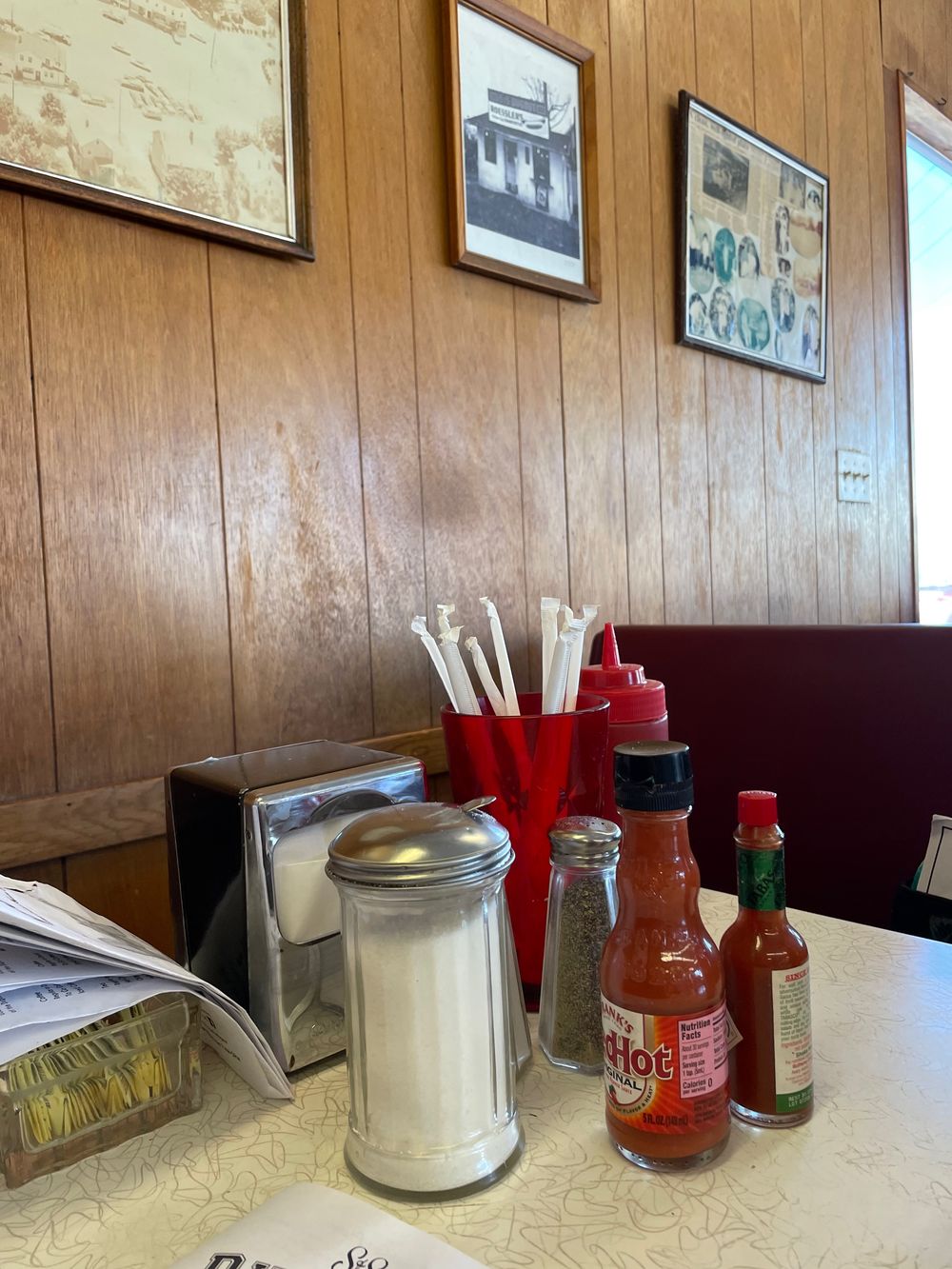
Famous Paintings and Films with Diners in Them
Diners have played significant roles in American art and cinema, often symbolizing quintessential American themes.
Edward Hopper’s 1942 painting “Nighthawks” depicts an urban diner late at night, encapsulating themes of isolation and urban life.
On the silver screen, diners have been featured in countless films from “Pulp Fiction” to “Back to the Future”. They are often used as meeting places where characters can connect, revealing key plot elements or deepening our understanding of their personalities.
New Jersey: Diner Capital
New Jersey has been famously dubbed the “Diner Capital of the World”. With over 500 diners, it has more diners than any other state and is a pivotal part of the state’s culture and identity. Classic diners, with their gleaming chrome exteriors and neon signs, are a common sight along New Jersey’s roadways. Known for their extensive menus and round-the-clock service, New Jersey’s diners are testament to the enduring popularity of this uniquely American institution.

